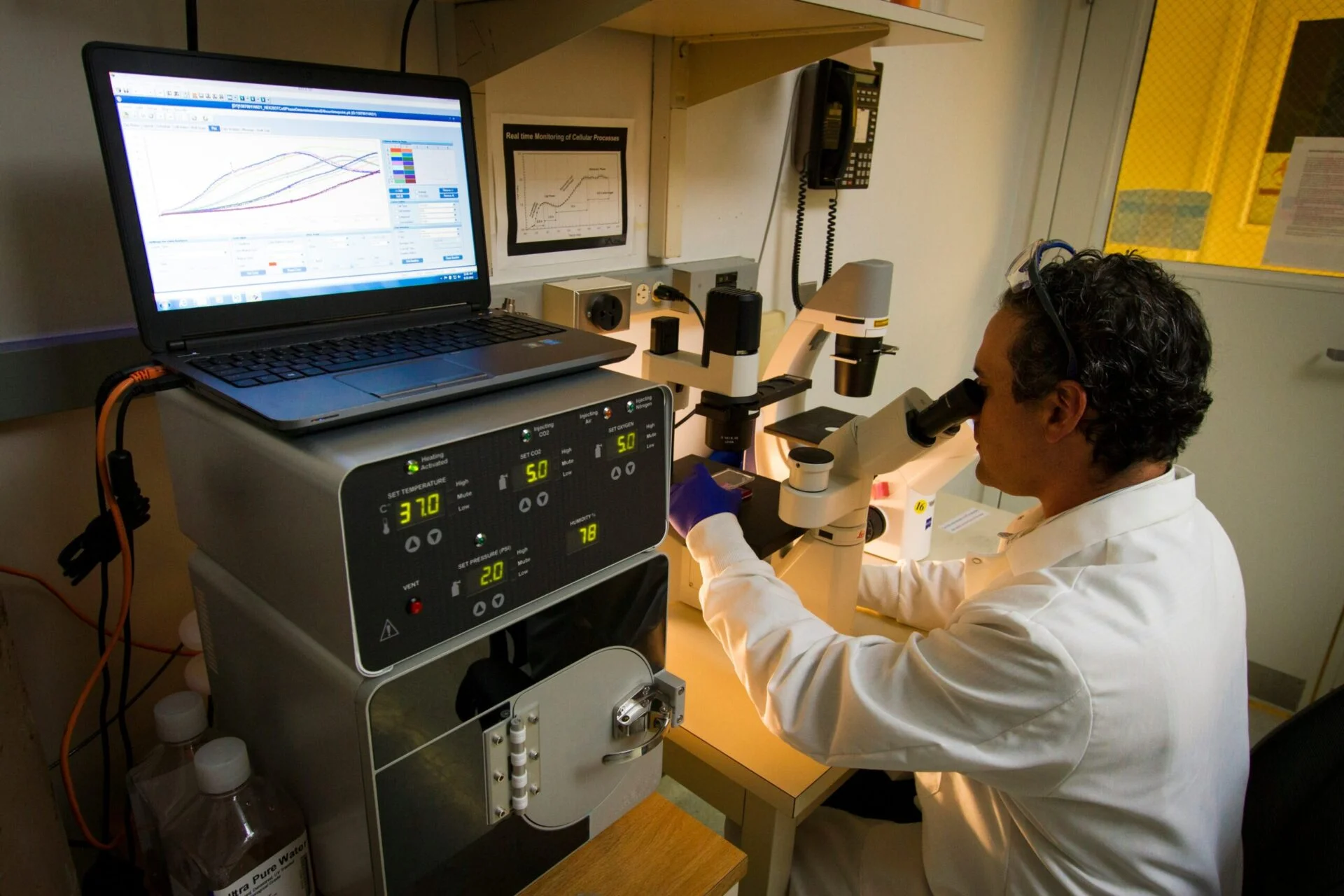In the ever-evolving landscape of healthcare, the analysis of medical data has become a critical component in driving advancements and improving patient outcomes. Northeast Pennsylvania, a region known for its thriving healthcare industry, is at the forefront of this data-driven revolution. By harnessing the power of data analytics, healthcare providers and researchers in this area are uncovering valuable insights, identifying trends, and pioneering innovative solutions to address the unique health challenges faced by the community.
The Importance of Medical Data Analysis
The comprehensive analysis of medical data plays a pivotal role in shaping the future of healthcare delivery and research. By examining patterns, trends, and correlations within vast datasets, healthcare professionals can gain a deeper understanding of disease prevalence, risk factors, and treatment outcomes. This knowledge empowers them to make informed decisions, develop targeted interventions, and optimize resource allocation, ultimately leading to improved patient care and better population health management.
- Identifying disease trends and risk factors
- Optimizing treatment protocols and personalized medicine
- Enhancing healthcare resource allocation and cost-effectiveness
- Driving advancements in medical research and clinical trials
- Improving population health management and preventive care strategies
Northeast Pennsylvania’s Data-Driven Initiatives
Northeast Pennsylvania is at the forefront of leveraging medical data analysis to address the region’s unique healthcare challenges. Local healthcare organizations, academic institutions, and research facilities are collaborating to harness the power of data and drive meaningful change.
Regional Health Surveillance and Disease Monitoring
By analyzing medical data from various sources, including electronic health records, public health databases, and patient registries, healthcare professionals in Northeast Pennsylvania can monitor disease trends and identify potential outbreaks. This proactive approach enables early intervention, targeted public health campaigns, and the implementation of preventive measures tailored to the region’s specific needs.
- Monitoring disease incidence and prevalence
- Identifying high-risk populations and geographic hotspots
- Developing targeted public health campaigns and interventions
- Evaluating the effectiveness of preventive measures and healthcare initiatives
Precision Medicine and Personalized Care
The analysis of medical data, including genomic and molecular data, is paving the way for precision medicine in Northeast Pennsylvania. By integrating genetic information with clinical data, healthcare providers can develop personalized treatment plans tailored to individual patients’ unique characteristics and disease profiles. This approach not only improves treatment outcomes but also minimizes adverse drug reactions and reduces healthcare costs associated with ineffective therapies.
- Integrating genomic and molecular data into clinical decision-making
- Developing personalized treatment plans based on individual patient characteristics
- Optimizing medication dosages and minimizing adverse drug reactions
- Enhancing patient outcomes and reducing healthcare costs associated with ineffective therapies
Healthcare Resource Optimization and Cost-Effectiveness
Medical data analysis plays a crucial role in optimizing healthcare resource allocation and improving cost-effectiveness in Northeast Pennsylvania. By analyzing data from electronic health records, claims databases, and patient surveys, healthcare organizations can identify areas of inefficiency, pinpoint opportunities for cost savings, and streamline processes. This data-driven approach ensures that resources are deployed effectively, reducing waste and improving overall healthcare delivery.
- Identifying areas of inefficiency and opportunities for cost savings
- Optimizing resource allocation and staffing based on patient needs
- Streamlining administrative processes and reducing redundancies
- Enhancing patient satisfaction and improving overall healthcare delivery
Collaboration and Data Sharing
The success of medical data analysis initiatives in Northeast Pennsylvania relies heavily on collaboration and data sharing among healthcare organizations, academic institutions, and research facilities. By fostering a culture of data exchange and breaking down silos, these entities can pool their resources, combine their expertise, and collectively drive advancements in patient care and medical research.
- Establishing secure and interoperable data-sharing platforms
- Encouraging collaboration among healthcare providers, researchers, and academic institutions
- Leveraging combined expertise and resources to address complex healthcare challenges
- Facilitating multi-site clinical trials and research studies
Ethical Considerations and Data Privacy
As medical data analysis becomes increasingly prevalent, it is crucial to address ethical considerations and ensure robust data privacy and security measures. Northeast Pennsylvania’s healthcare organizations are prioritizing data governance, implementing stringent protocols for data anonymization, and adhering to strict regulatory compliance standards to protect patient privacy and maintain public trust.
- Developing robust data governance frameworks and policies
- Implementing strict data anonymization and de-identification protocols
- Adhering to regulatory compliance standards, such as HIPAA and GDPR
- Fostering public trust through transparency and ethical data handling practices
Conclusion
The analysis of medical data in Northeast Pennsylvania is driving revolutionary changes in healthcare delivery and research. By harnessing the power of data analytics, healthcare professionals in the region are identifying disease trends, developing personalized treatment plans, optimizing resource allocation, and fostering collaboration among stakeholders. As the healthcare industry continues to evolve, Northeast Pennsylvania’s commitment to data-driven innovation will undoubtedly pave the way for improved patient outcomes, enhanced population health, and groundbreaking medical discoveries.











